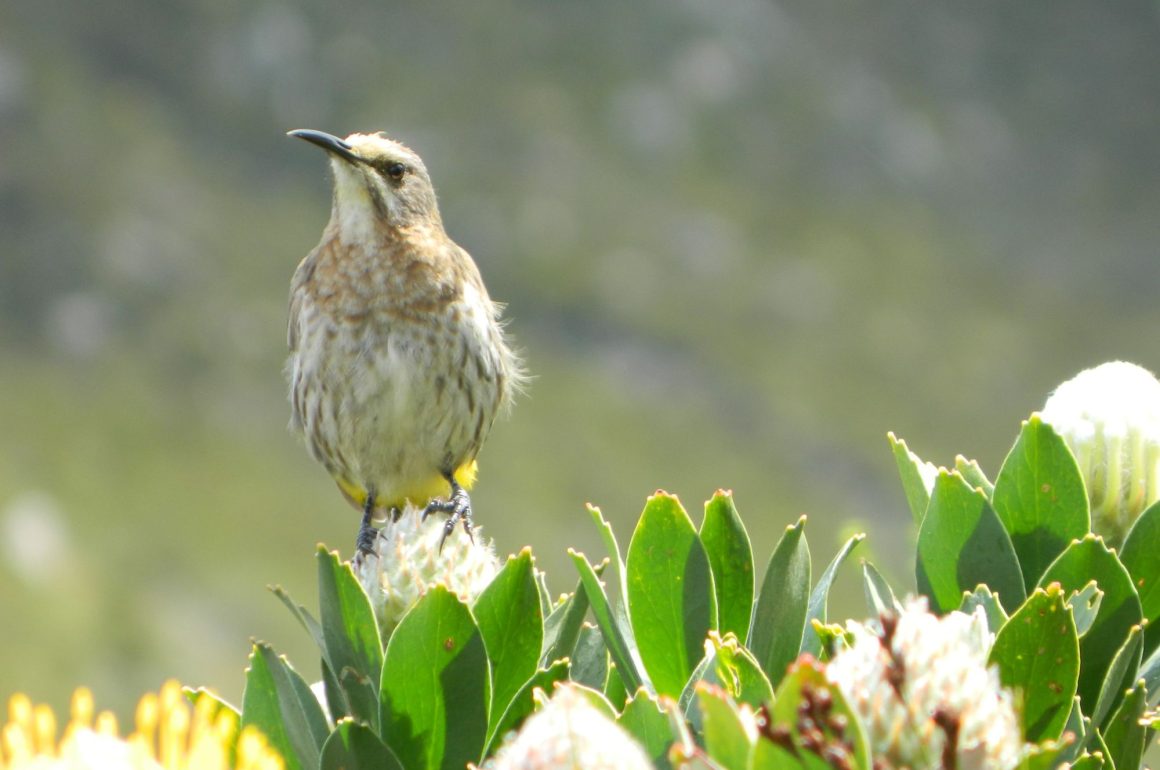
Cape Town is usually regarded as the most beautiful city in South Africa. The birding in and around the city is also excellent, with various Cape endemics and coastal and wetland birds on offer, as well as being the starting point for pelagic trips. While I spent much of the time at the beaches in the area, I still never missed the chance to go birding.
Kelp Gulls are omnipresent and normally no birds of note. However, I was quite happy with my snapshot of this individual clearly trying to make the point about the “bathing dangerous” sign that had been put up.
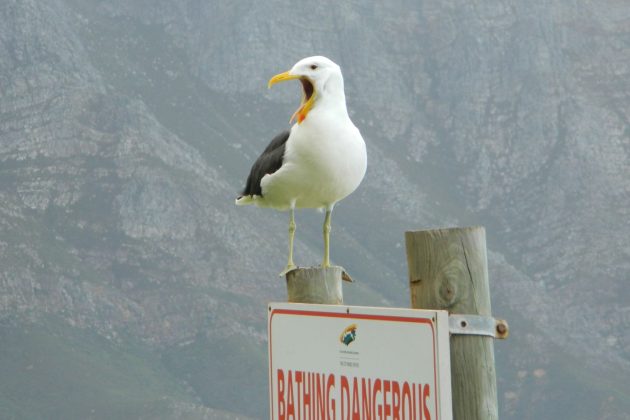
During most of my family’s stays in Cape Town, we stayed at a campsite in Kommetjie. On my first visit before started to bird in a more dedicated way, this is where I first came across some more common coastal birds as well as the introduced Common Chaffinch. At the campsite itself, a highlight was a pair of Spotted Eagle-Owls. This was not my first sighting of this widespread owl, with my first sighting going back to my primary school days, when one bird was dozing on a school building!
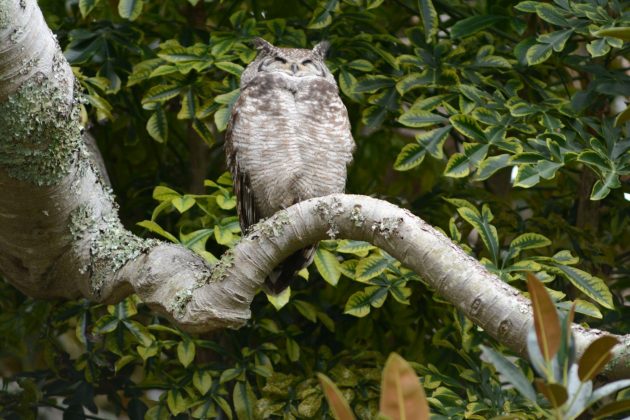
Each time I was in Cape Town, I visited Kirstenbosch Botanical Gardens, which has to be one of the most beautiful spots in South Africa. Situated on the slopes of Table Mountain, the gardens offer excellent views in picturesque grounds. During my multiple visits to the botanical gardens however, it was always the birds that stole the show. Swee Waxbills were quite regular on the lawns in some places, and because of the large number of visitors in the gardens, they were quite tame.
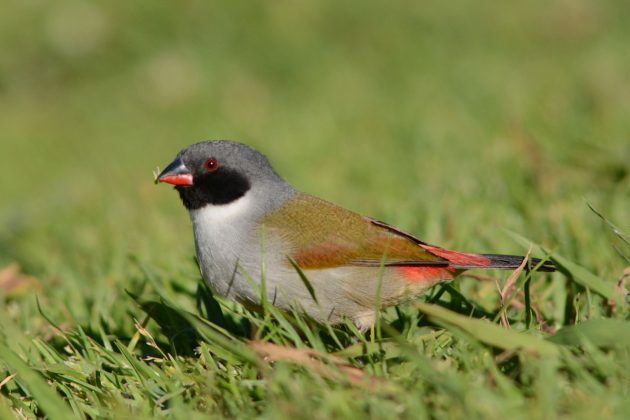
From the gardens, we hiked up onto Table Mountain through the Skeleton Gorge multiple times. The changing vegetation that comes with the increasing altitude results in a varied selection of species on the way up. At the start of the walk and still at the edge of the gardens, the charming Cape Siskin was often around, but disappeared in the denser forest on the steeper slopes.
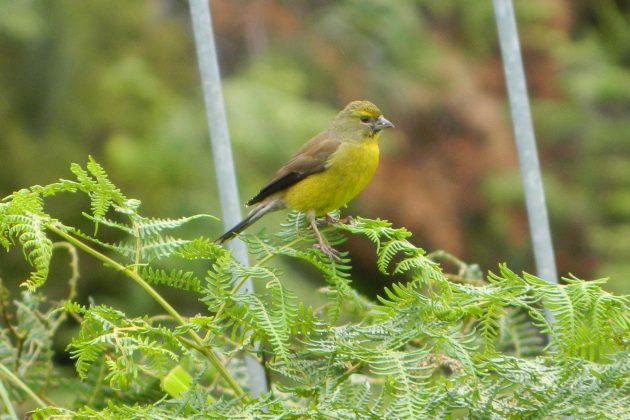
Once we reached the plateau, the proteas attracted Orange-breasted Sunbirds and Cape Sugarbirds. These are always a great joy to watch, with the sugarbird being a classic species of the Cape. While I think the Gurney’s Sugarbird is more attractive in terms of colouration, it is always fun to look closer at their Cape cousins as some of them sport ridiculously long tails. Another bird in this area was the Lazy Cisticola (I much prefer this name over Rock-loving Cisticola), which always seem to be partial to rocky areas.
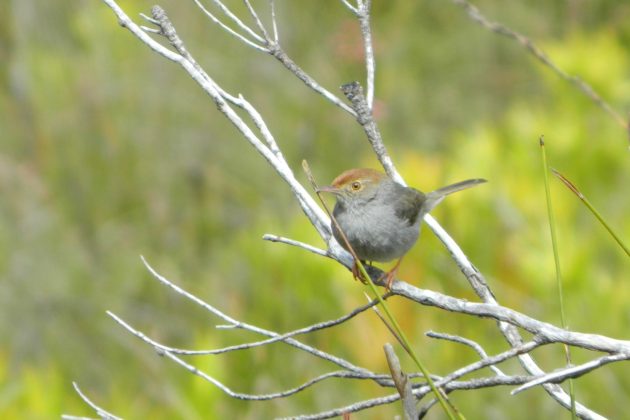
The ease with which so many good birds can be found in the area, and in such attractive surroundings, makes for excellent birding in Cape Town. One bird I still haven’t seen in the region, and probably one of South Africa’s most signature birds, is the Cape Rockjumper. My next visit to the Cape will definitely include this on my itinerary.


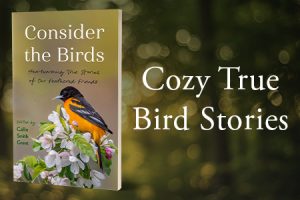

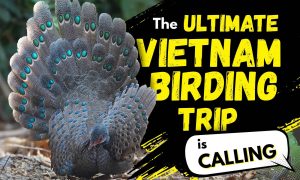
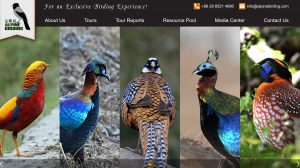
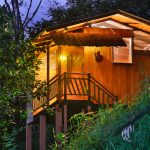
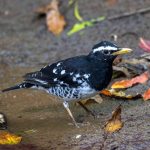
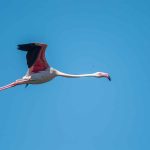
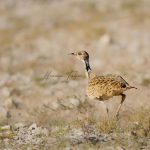
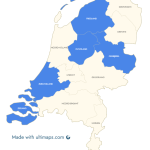
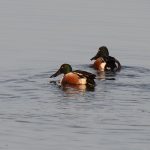
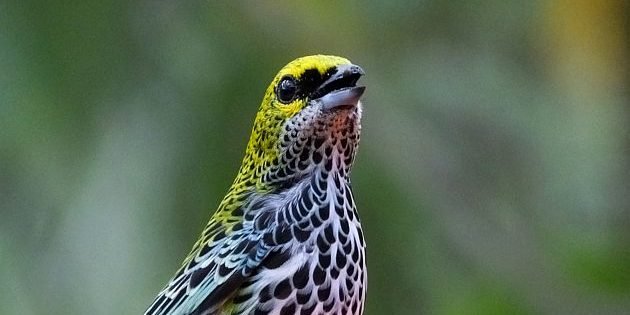
The Cape Rockjumper, my former nemesis! Good luck – I finally got mine at Sir Lowry’s Pass.
There is an earlier post with exactly the same title but by a different author: https://www.10000birds.com/birding-cape-town-2.htm
Hopefully we will have even more posts on this topic, again by different authors!
https://www.10000birds.com/kaapstad-critique.htm
Right, so we already have three posts on the topic. Strange, Peter must have found some of the exact same birds and locations I found, judging from the photos …